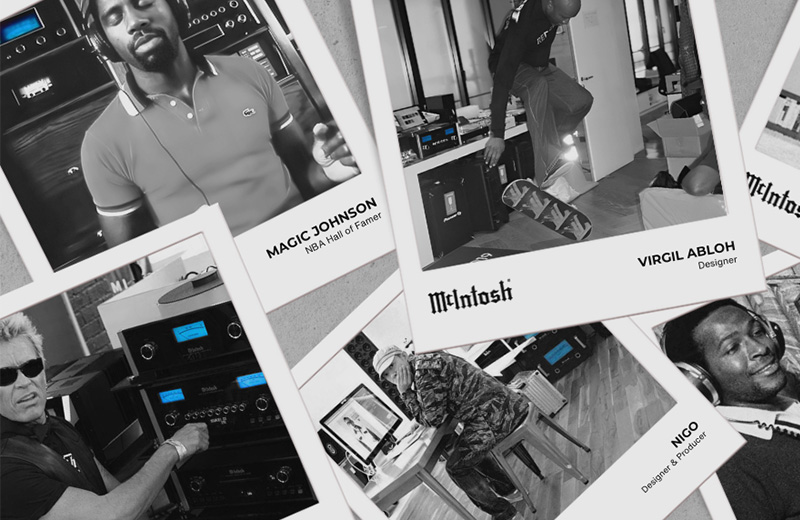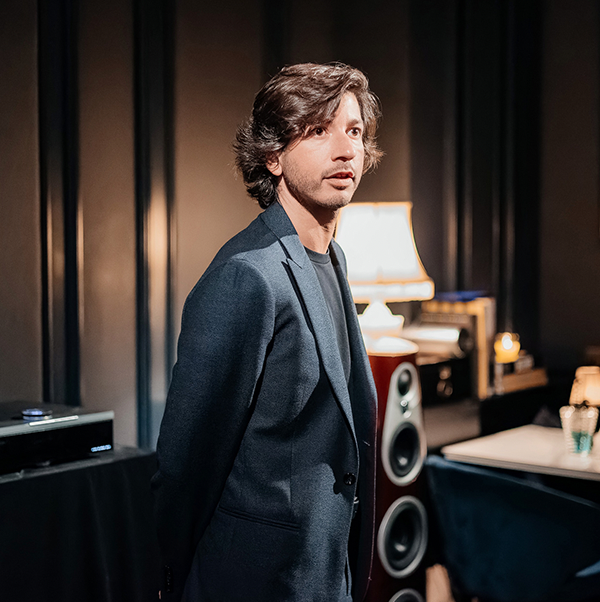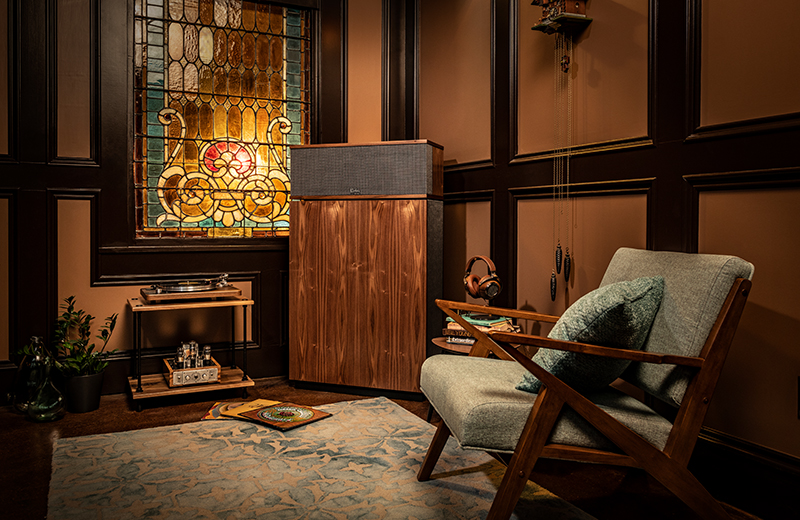Concert sound systems have been revolutionized since the 1960s, transforming from the guided rock 'n' rock style to a looser, more complex one. Live music has also evolved from intimate performances to larger venues that can house tens of thousands of fans. As concert venues grew, there was a major problem – musicians could not hear themselves play. The increased venue size also meant that many fans in the back seats also struggled to hear the band play. These technical impediments caused even The Beatles to temporarily pause touring after recognizing the technological limits at their venues.
It was at the time that the Grateful Dead was entering the scene: pioneering both a new style of music and groundbreaking concert sound technology.
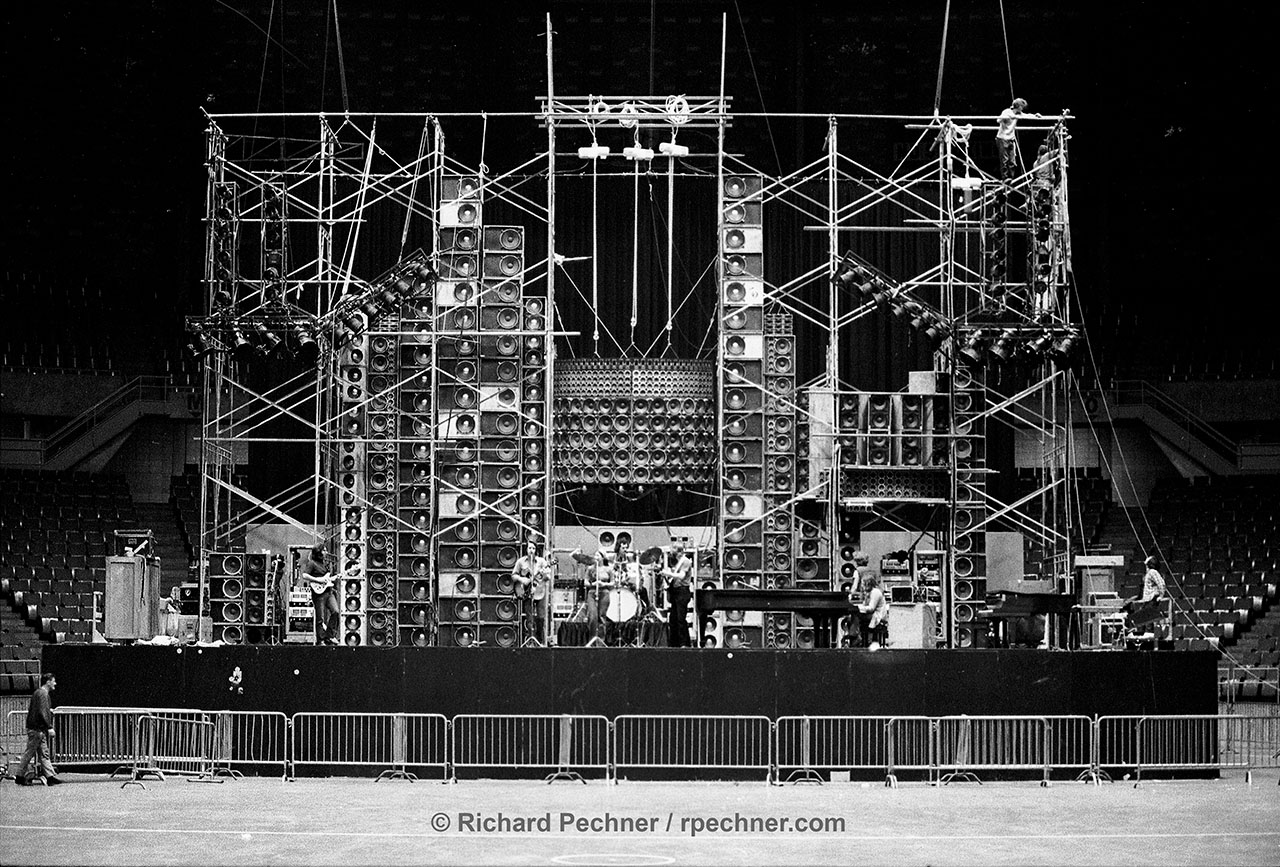
The Need for Better Live Performance Equipment
The Grateful Dead dominated during the Classic Rock era. While their unique psychedelic musical style and exceptional energy kept the audience buzzing, as their venue size increased, they soon reached the limits of their sound systems’ capacity.
Large-scale sound systems and large venues meant unmixed audience and musician sounds bounced across the stage. This is when the Grateful Dead's sound engineer, Owsley Stanley (known as Bear to his friends), stepped up. On March 23, 1974, he debuted the custom-built state-of-the-art sound system at the San Francisco Cow Palace. Named the Wall of Sound, the audio setup altered how technicians viewed live engineering and brought to concertgoers unprecedented sound and quality.
The Grateful Dead's Wall of Sound: How the McIntosh Amplifier Made History
The Grateful Dead’s Wall of Sound was comprised of over 600 speakers arranged on a towering wall behind the stage to provide a unique live music experience. McIntosh amplifiers were at the heart of this sound system, delivering unmatched power and performance.
The Wall of Sound combined six sound systems with eleven channels, leveraging 48 McIntosh MC2300 amplifiers to deliver a total of 28,800 Watts of power. The system was so advanced that each string on Phil Lesh’s bass had its own channel and speaker.
The Wall of Sound helped solve distortion problems that plagued live music venues. Through advanced audio engineering and immense power, the system provided high volume output, clarity, and detail. Furthermore, it allowed for broader dispersion, which allowed the musicians to hear themselves play.
The Wall of Sound achieved this by incorporating an ingenious two-mic system to reduce feedback from the nearest speakers. Two omnidirectional microphones helped cancel background noise: this allowed a vocalist to sing into one mic, while the other mic cancelled unwanted interference.
But the most important innovation was the McIntosh amplifiers.
Without the amplifier's robust power output, fans would not have been able to enjoy powerful and clear music at all points in the stadium. The Wall of Sound offered clarity and detail thanks to the McIntosh amplifiers’ high power handling capabilities. The amplifier's versatility allowed the band to create intricate sonic layers and improvisational jams, offering them a canvas for creative expression.
While the Wall of Sound allowed the band to reproduce its complex and dynamic music, it took a team of 21 people to pack and unpack it. The sheer scale of the system was logistically challenging to manage. It took up to four semi-trailers to transport and four hours to set up at each concert. For this reason, the Wall of Sound lasted six months before being retired.
The Wall of Sound: How the Grateful Dead Left Their Legacy
The Wall of Sound left a clear mark on the history of live music, creating an unparalleled experience for fans. Standing at a stunning three-story and weighing 75 tons, the sound system was a testament to the artists’ love for sharing their work in its purest form.
From state-of-the-art recording techniques to the robust McIntosh MC2300s amplifiers, only a few deadheads and technical engineers were lucky enough to witness this live music magic. Nonetheless, the Wall of Sound has undoubtedly left a legacy on live musical performances and audio engineering.
After the Wall of Sound was retired, each band member kept and continued to use the MC2300 amplifiers on stage during both group and solo performances. Pieces of the system have also sold for record prices, including Jerry Garcia’s “Budman” McIntosh MC2300 amplifier, which sold for $378,000 at Sotheby’s Auction in October 2021.
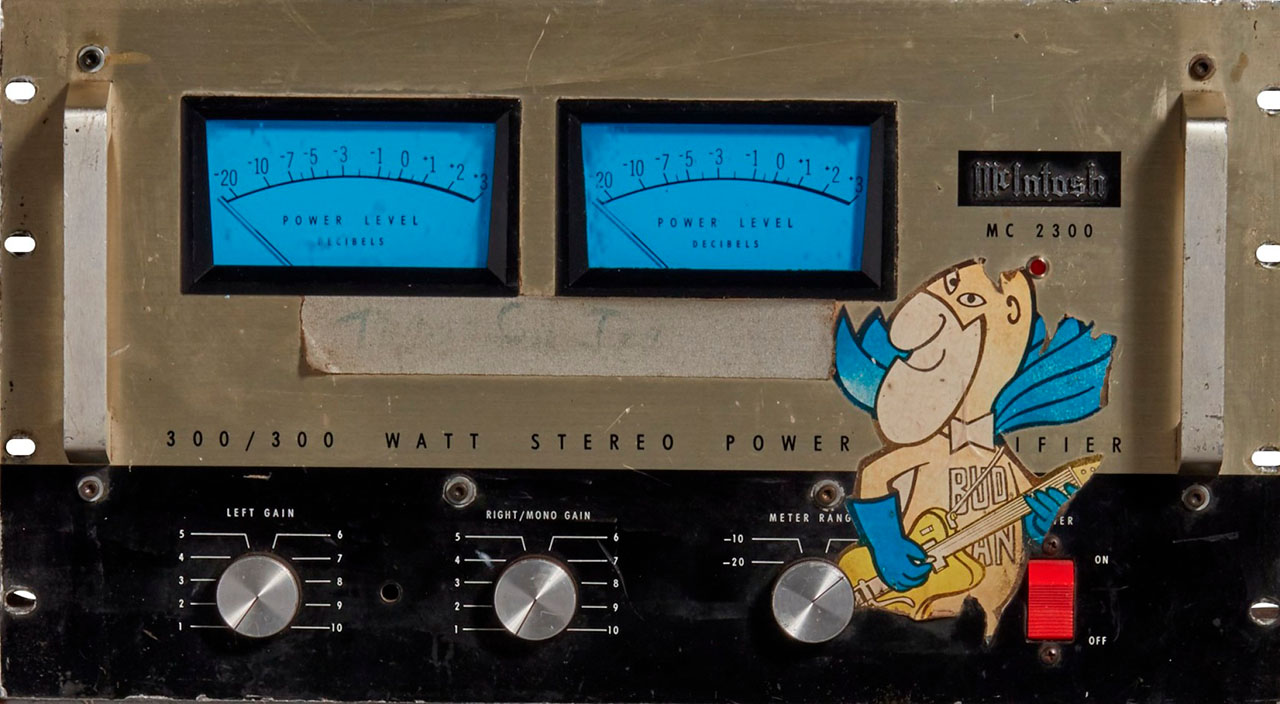
Jerry Garcia's "Budman" McIntosh MC2300 Amplifier Sold for $378,000 at Sotheby's Auction
Final Words
Although the Wall of Sound played its last concert in October 1974, the world can still feel the impact of the revolutionary sound system. The sound design was undoubtedly the best of its time and gave way to the innovations that power today’s large-scale music venues.
Original source: McIntosh Blog



